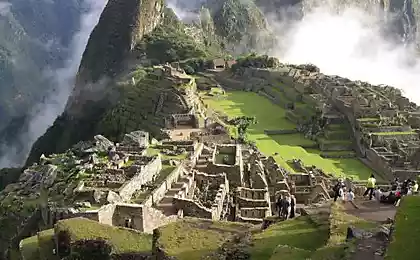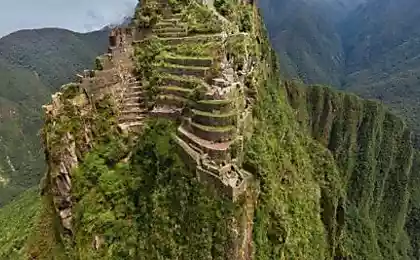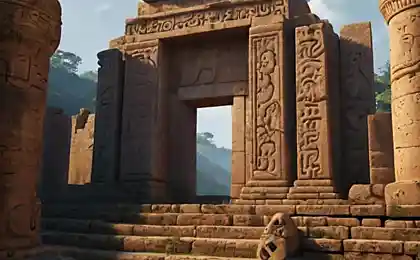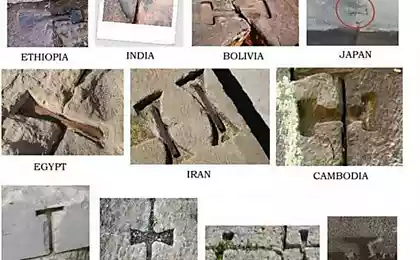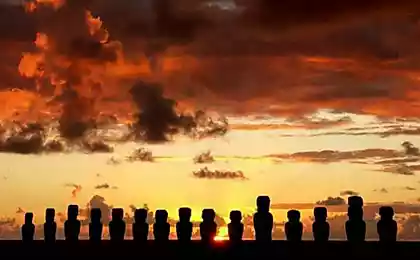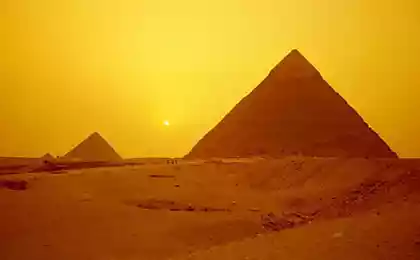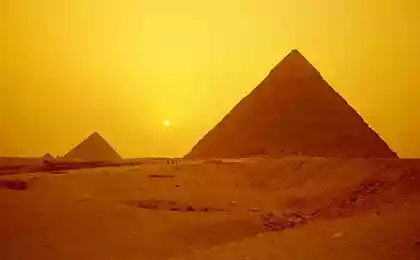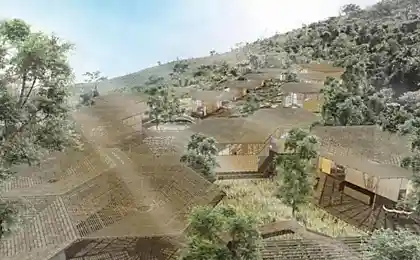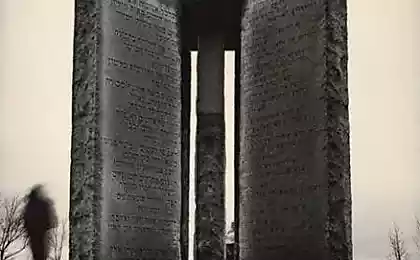2628
Inca social mobility

The Incas believed in destiny and caste. They had no problem with vocational guidance: each person's occupation was known from the moment they were born. The son of a peasant necessarily became a peasant, the son of a warrior became a warrior. Without leaving the slightest chance of error in the future, the sign of caste was applied directly to the body of the infant. The head of a newborn with a still soft fontanel was enclosed in special wooden vise that changed the shape of the skull. In this way, the Incas ensured that the head of a person received a shape corresponding to his future activities: the skull of the king, for example, had to be square. The operation was painless, similar to wearing a fixture to correct a bite. The soft skull in a wooden helmet changed its shape. Thus, even without clothes and abandoned by the retinue, the sons of the king remained kings, they were all recognized, since only they could wear a crown that had a square shape. The skulls of warriors were given a triangular shape. The peasants had a pointed head.
Thus, the Inca society became unshakable. No social change. Personal ambition posed no threat to the existing order, for each shape of its skull was tied once and for all to its social position and profession.

